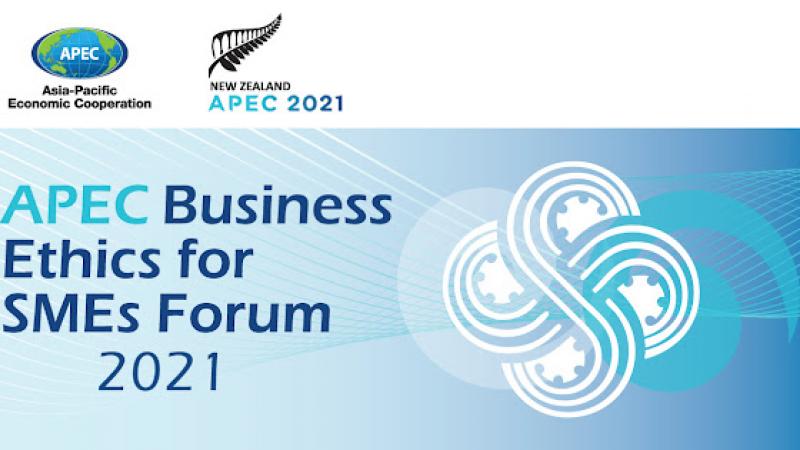Manufacturers with Neural Connector Devices
Background
The ISO 80369 series of standards (known as Small Bore Connectors) define the dimensions of the connectors for different clinical uses which cannot couple with each other. The new ISO 80369 standards employ forcing functions to ensure that small-bore connectors and tubing used for a specific route of delivery will not fit into small-bore connectors used for different applications, including for intravenous (IV), enteral, and neuraxial medication administration, thus reducing the risk of misconnections. The transition to the new ISO 80369-compliant connectors can improve patient care by greatly minimizing the risk of adverse events.
Part 6 of this series pertains to connectors used with devices for neuraxial and other neural procedures and is known as ISO 80369-6 Small bore connectors for liquids and gases in healthcare applications — Part 6: Connectors for neuraxial applications. ISO 80369-6 was developed because of numerous wrong-route errors (e.g., inappropriate medications, enteral feedings, or air being administered neuraxially), some with catastrophic outcomes, that have occurred around the world. Medical device connectors for neuraxial applications are changing from Luer connectors to ISO 80369-6-compliant connectors, which are incompatible with the Luer system, thus preventing misconnections and therefore potential errors. The new design is similar to Luer with a slightly smaller mating interface and a trademark name associated with devices compliant with this standard is NRFit™.
Neural Connector Devices Working Group
The Neural Connector Device Working Group (NCDWG) has been set up by the Australian Commission on Safety and Quality in Health Care (The Commission). The NCDWG has been formed to provide guidance and support with national collaboration on the implementation of neural connectors and is made up of peak bodies and state and territory representatives. The first meeting was held on 13 May 2021 and discussions so far have focussed on information sharing and supply issues. The next meeting is proposed for end November 2021. The Commission is requesting NCDWG members identify health service organisations (private and/or public) ready to pilot the implementation of neural connector devices. This may follow a similar model to the small group of 3 orthopaedic operating theatres at Royal Prince Alfred Hospital, Sydney or a larger model as undertaken in Auckland (ANZCA Bulletin Spring 2021 pages 15 to 18).
Action
MTAA participate in the Commission’s NCDWG. The implementation of neural connector devices requires both clinical and procurement involvement within health service organisations. If your company is ready to roll out NRFit and you are able to share this information with the working group or would like further information, please contact Jasjit Baveja – jbaveja@mtaa.or.au by 25 November 2021.

